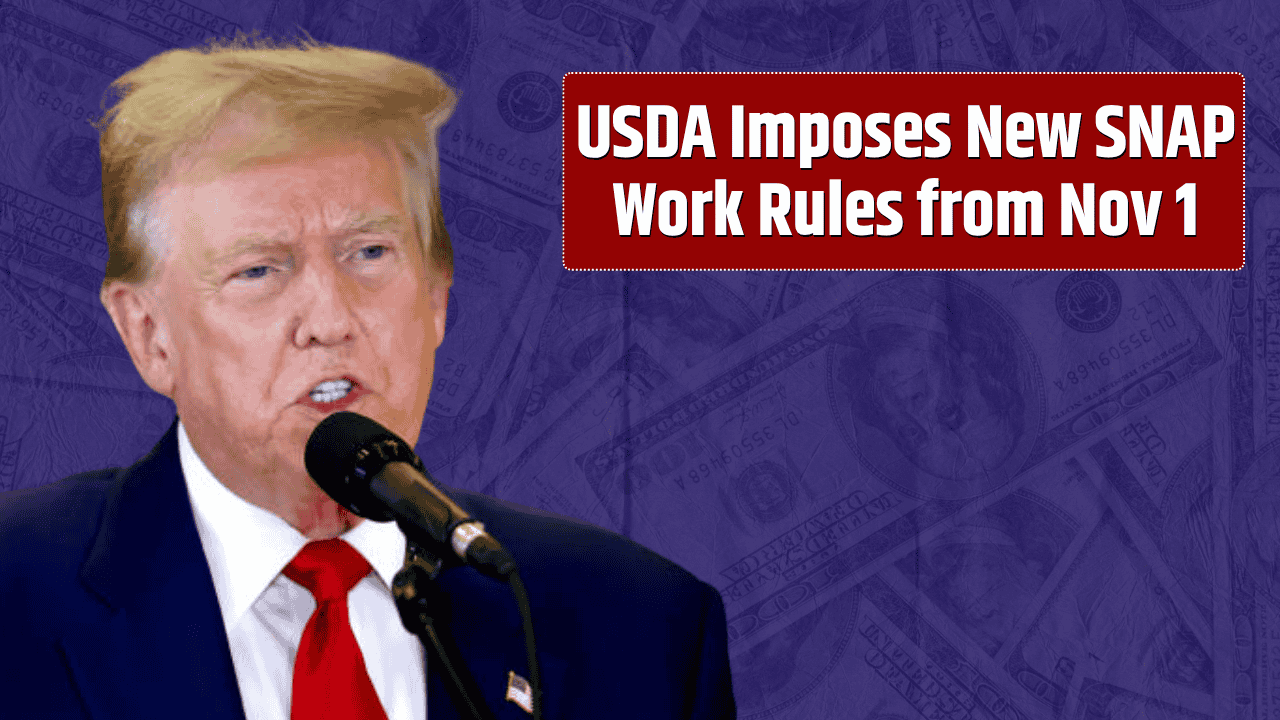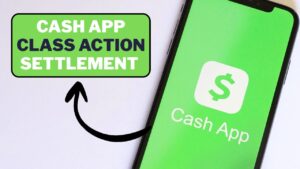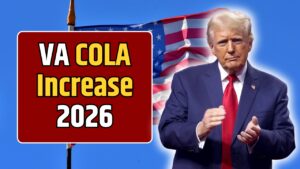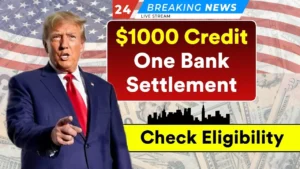Join on WhatsApp
Get the latest updates directly on WhatsApp – motivation, news & more!
The American pantry is about to get emptier for millions. Starting November 1, 2025, sweeping new rules under the One Big Beautiful Bill Act (OBBBA) — a flagship policy of President Trump’s second term — will begin reshaping the nation’s largest anti-hunger program, SNAP (Supplemental Nutrition Assistance Program). For 42 million Americans who rely on it, the changes could redefine what “food security” means in post-pandemic America.
The U.S. Department of Agriculture (USDA) confirmed that states — not Washington — will now have to co-fund SNAP, marking the most significant structural shift in the program in decades. Combined with tougher work requirements and narrower exemptions, the safety net that’s long supported low-income families is about to shrink dramatically.
SNAP’s Safety Net, Unraveled
For half a century, SNAP has been the federal government’s most reliable tool against hunger. It’s the program that kept millions afloat during recessions, shutdowns, and pandemics. But under OBBBA, the balance of power and responsibility shifts: states must now pick up part of the tab for benefits, previously covered in full by the federal government.
That shift, paired with a tightening of the “able-bodied adults without dependents” (ABAWDs) rules, is expected to reduce benefit rolls significantly. According to new USDA guidance, ABAWDs will be limited to three months of benefits every three years unless they can prove 20 hours a week of work, training, or community service.
Pregnant individuals and people with verified disabilities will remain exempt, but many others — including homeless Americans, veterans, and young adults with unstable work hours — could lose access by the end of the winter.
| Key Change | Previous Rule | New Rule (Post-OBBBA) |
|---|---|---|
| Funding Responsibility | Fully federal | Shared with states |
| ABAWD Benefit Duration | Indefinite, with waivers | 3 months every 3 years unless working 20 hrs/week |
| Exemptions | Disabled, elderly, pregnant | Disabled, pregnant only |
| Effective Date | N/A | November 1, 2025 |
“If You Can Work, You Must”
The Trump Administration is framing the reform as a moral and fiscal correction — a way to, in their words, “restore dignity through work.”
In a joint opinion piece published in The New York Times, Health Secretary Robert F. Kennedy Jr., CMS Administrator Dr. Mehmet Oz, Agriculture Secretary Brooke Rollins, and Housing Secretary Scott Turner defended the policy, writing:
“Capable adults receiving benefits must work, participate in job training, or volunteer for at least 20 hours a week… Those who can work must do so.”
Supporters say the move reduces dependency and encourages self-reliance. The USDA projects that the reforms could save billions over the next decade, though independent verification from the Congressional Budget Office (CBO) is still pending.
But critics argue the cuts are more ideological than economic. They note that fraud rates in SNAP remain below 1%, and most beneficiaries already work low-wage jobs or live in households with children, seniors, or disabled adults.
Local Economies Take the Hit
Food policy experts warn that trimming SNAP isn’t just a social issue — it’s an economic one. According to the Food Research & Action Center (FRAC), every $1 in SNAP benefits generates roughly $1.80 in local economic activity. That means less money circulating through local grocery stores, farmers’ markets, and small businesses.
“Cuts to SNAP are cuts to local economies,” FRAC said in a statement. “Farmers, small merchants, and rural communities will all feel the loss.”
Those rural regions — particularly across the South, Midwest, and Appalachia — rely heavily on SNAP spending. In many of these areas, one in seven families depends on the program for basic nutrition. And while states can still request waivers in periods of high unemployment, OBBBA has made those exemptions far harder to qualify for.
Political and Public Reactions
Reaction on Capitol Hill has been swift and polarizing. Democrats — and a handful of centrist Republicans — have blasted the policy as “punishing poverty.”
Senator Debbie Stabenow (D-Mich.), a long-time food security advocate, told NPR, “We’re not just talking about statistics. We’re talking about real people who will lose their groceries in the middle of an inflationary economy.”
The White House, however, is standing firm. A senior Trump administration official, speaking to reporters on background, described the SNAP overhaul as part of a broader economic “reset” designed to “return fiscal responsibility to the states and empower local control.”
What Happens Next
Starting November 1, state governments must restructure eligibility systems, verify work compliance, and begin contributing financially to SNAP disbursements — a monumental task for already stretched social service agencies.
The CBO estimates that as many as 5.2 million people could lose access to food assistance by early 2026 if states cannot meet the new co-funding and administrative requirements.
Meanwhile, food banks and local charities are preparing for a flood of new demand. Feeding America, the nation’s largest hunger-relief network, projects a 30% surge in food pantry requests within months of the policy taking effect.
The organization’s CEO, Claire Babineaux-Fontenot, warned: “This change will hit working families first and hardest. We expect to see lines around the block again, just like we did during COVID.”
Fact Check: What Is the OBBBA?
The One Big Beautiful Bill Act (OBBBA), passed in early 2025, is a sweeping omnibus law that merges tax, welfare, and labor reforms into one package. Its most controversial sections overhaul Medicaid, SNAP, and housing subsidies, shifting more financial responsibility to states and tightening eligibility.
While the administration touts it as a “streamlining measure,” policy groups such as the Center on Budget and Policy Priorities (CBPP) have called it “the largest rollback of federal anti-poverty protections in two generations.”
For official program changes and state implementation guidelines, the USDA SNAP policy page (fns.usda.gov/snap) remains the primary source of verified information.
The Bigger Picture
The OBBBA’s SNAP changes mark a turning point in America’s approach to social welfare — from centralized federal oversight to a patchwork of state-managed systems. For some, it’s a long-overdue dose of fiscal realism; for others, it’s a step backward into a pre–New Deal model of fragmented safety nets.
What’s certain is that for millions of Americans, the first week of November will bring more than falling leaves — it’ll bring uncertainty about the next meal.
FAQs
What is the One Big Beautiful Bill Act (OBBBA)?
A federal law passed in 2025 restructuring major social programs, including SNAP, Medicaid, and housing assistance, to shift more costs and control to state governments.
When do the new SNAP rules start?
November 1, 2025, according to the USDA’s published implementation schedule.
How will this affect SNAP recipients?
Many able-bodied adults without dependents (ABAWDs) will lose benefits after three months unless they meet work or training requirements.
How many people could lose benefits?
The CBO projects up to 5.2 million could lose access by early 2026 if states cannot maintain funding or verify eligibility.
Where can I find official SNAP updates?
Visit the USDA’s official SNAP policy portal at fns.usda.gov/snap.




